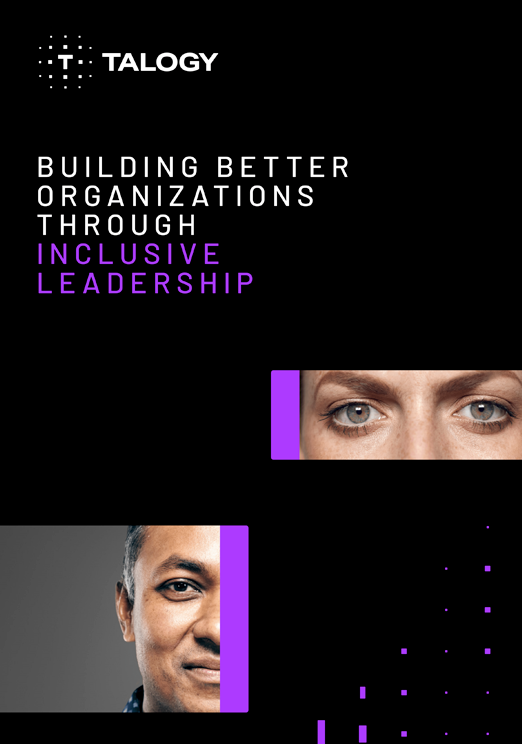Despite what you’ve heard, the impact of generational differences may be slightly overblown. What isn’t overstated, though, is that businesses, due to a multitude of factors, are being forced to contend with five unique generations in their workforces; increasingly, managers are navigating a busy intersection of wholly different cultural, economic, and societal norms that people bring with them into the office.
So, what’s the best way contend with this? First, you need to speak the universal language of personality.
One’s personality is a gateway into his or her work style and problem-solving methods, and it goes beyond the slightly superficial notion that one’s generation – an arbitrary construct – dictates how you behave. Personality dynamics, as opposed to generalizations about groups of people, are the foundation for unleashing the power of diversity in the workplace, I believe.
Uncovering the inherent strengths of each team member can provide an opportunity to create a work plan that drives success in a multigenerational team. Jennifer Deal, author of Retiring the Generation Gap: How Employees Young & Old Can Find Common Ground (Center for Creative Leadership), suggests that people from different generations have surprisingly similar values and expectations in regard to work. She found consistency in wanting credible and trustworthy leaders, minimal change, and someone to coach them.
Once we understand that we all hold mostly similar workplace values, acceptance of others is likely to increase, and we can avoid age-related stereotypes of our teammates that often result in dysfunctional or underperforming teams.
Also, in cases where employees are working in multigenerational teams, it is imperative to implement team-development programs. Leaders have to understand who comprises the team – not just from a generational perspective, but from a personality standpoint – and then use those insights to understand what each individual brings to the table, to get the most from the team as a whole.
In regard to organizational strategy, it is equally as important to pinpoint potential team issues before they become detractors of productivity – which is why leaders should center regular team discussions around projects, goals, and outcomes.
Older employees do offer endless value and experience to their teams, and younger workers can bring fresh perspectives to age-old processes. And yes, keeping up in a world that changes minute-to-minute requires an investment in the people who will take the company forward. However, it also requires an understanding of how each unique individual contributes to the bottom line, regardless of age.
Five generations operating side-by-side in the workforce poses challenges and opportunities for managers and talent-management leaders. But with the proper cultivating, intergenerational teams can foster varied idea exchanges and innovation.
_______________________________
Dr. Hollmann is an Industrial/Organizational Psychologist with more than 15 years of experience in applying psychological principles to improve organizational effectiveness and development. Her focus is on individual and team assessment, measurement of organizational effectiveness and change, management development, and research.

